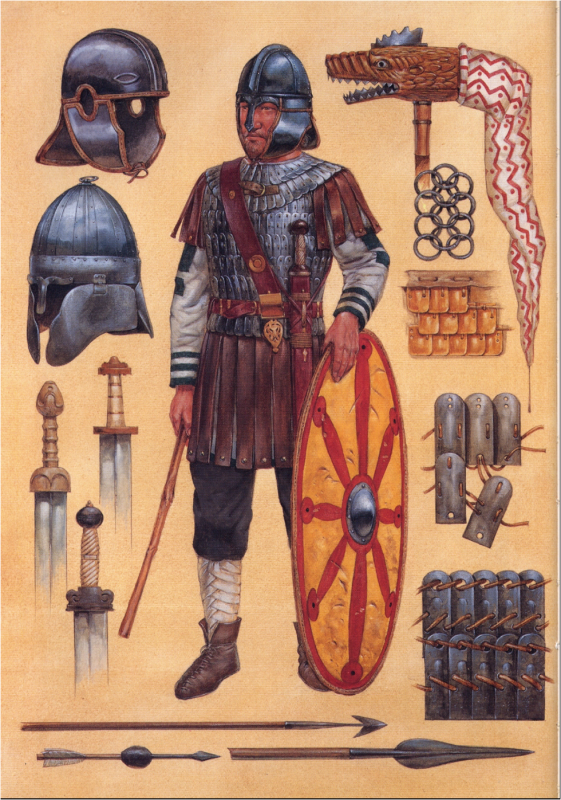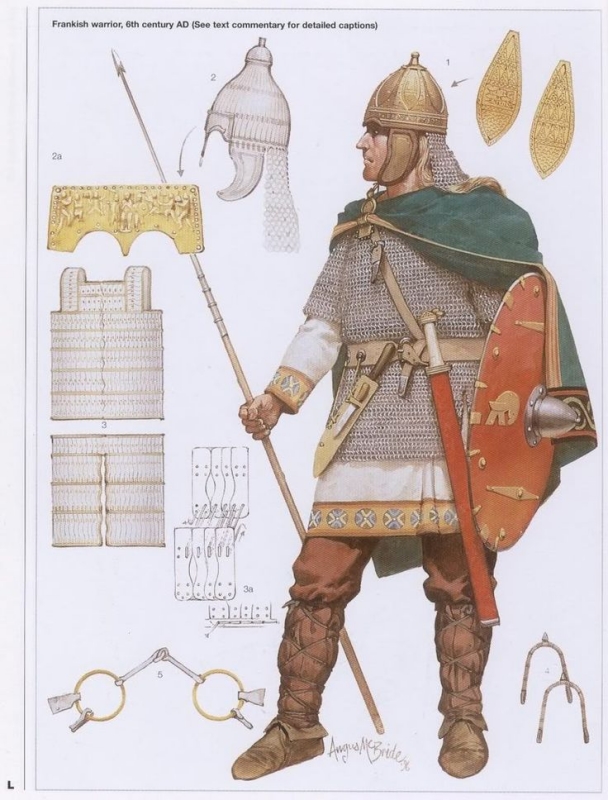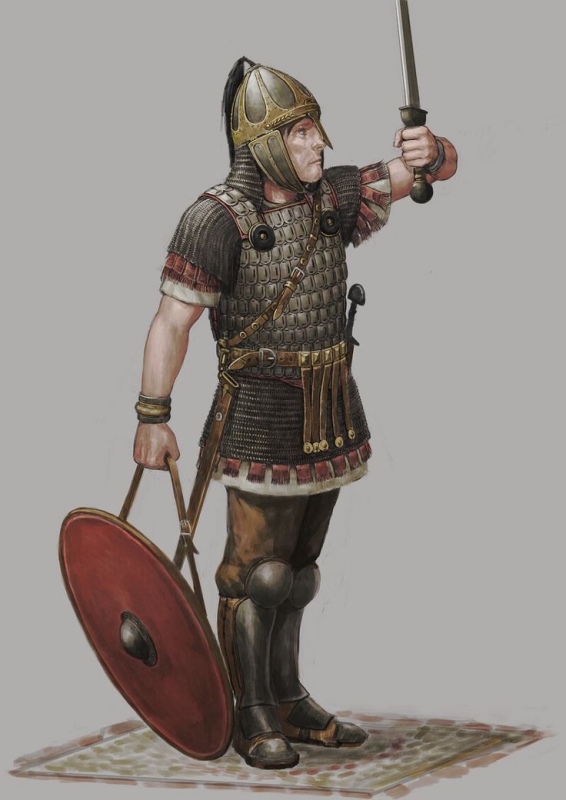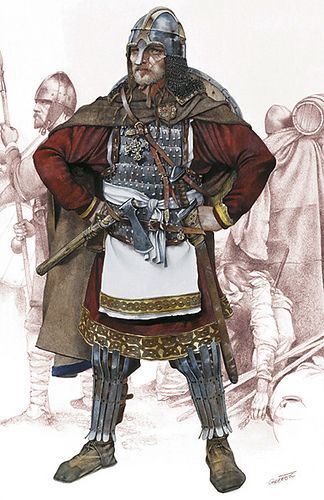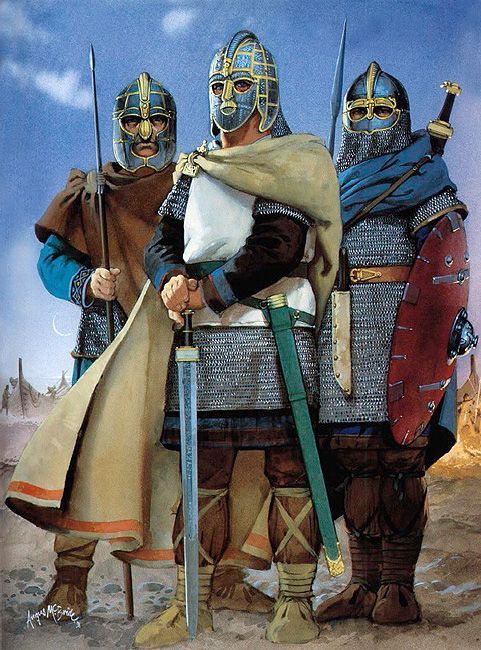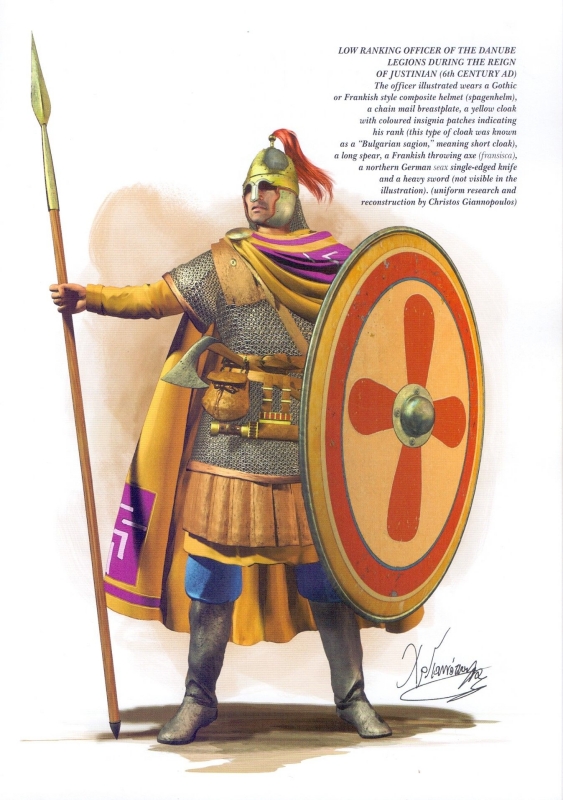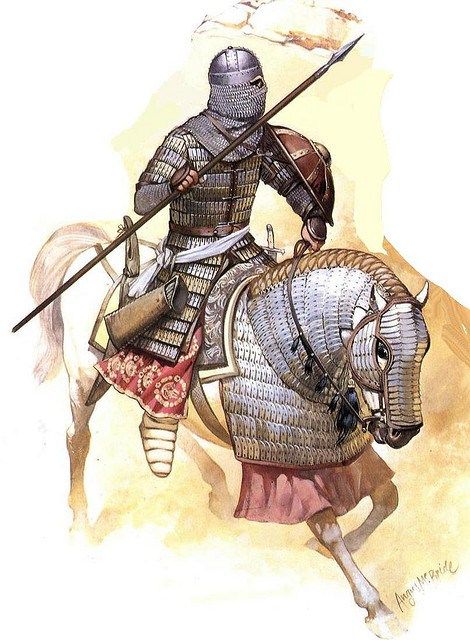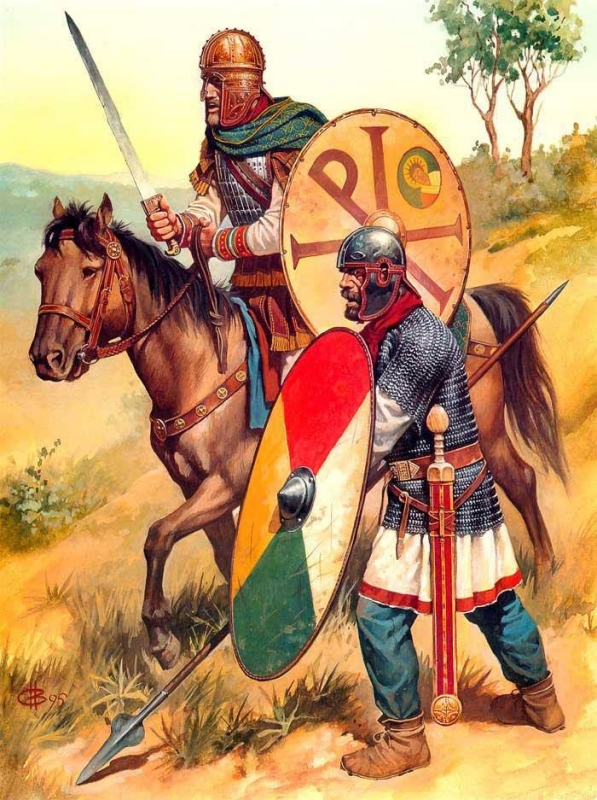I’ve been running and playing fantasy RPGs for over 20 years, and I am pretty certain that not once have I seen any specific god being relevant at any point. I’ve had some clerics that had slightly customized their spell selection and armaments to reflect a certain theme, but faith and beliefs have never appeared in any game in any form.
There’s a couple of deities from various fantasy settings that I find really quite neat and want to blatantly rip off in the Shattered Empire, but how do you make them relevant? Here I once again find my original mission statement extremely useful: “Create content that dirrectly supports classic dungeon crawling adventures.” The question here should not be how I can make the gods so that they will be interesting to the players and make them want to make them part of their characters. The question should be what function gods can serve in the exploration of a dungeon? I want to step away from making stuff that is just interesting, and instead create content that is functional. Now one of tbe aspects I had already determined earlier is that I want to keep the goods ambiguous and distant, so that people in the world can wonder how much difference worshiping the gods and performing the rituals actually makes, if any. That doesn’t have to be set in stone and can still be changed if something better comes along, but I want to see where I can go with that.
Gods in the Dungeon
The main mode of play in classic dungeon crawling is being in the dungeon, or on the path to the dungeon, and exploring the environment ahead. Can we include the gods in this? And as it turns out, yes we can. The gods worshipped by the people now are largely the same as the ones worshiped in the Shattered Empire. The empire was ruled by sorcerers, and sorcerers are regarded as something contradicting with worshiping gods, but the empire didn’t last that long and the people had been worshiping their gods long before that. When they build all their great strongholds and secret vaults and crypts during the wars of the successors, the people would have included the gods in the decorations and protections of the new constructions. The walls and doors of dungeons can be covered in religious iconography and symbols, and these dpictions can actually contribute greatly to provide insights into the places the players are exploring. With perhaps a dozen or so common gods, players can essily learn and remember their names, symbols, andprimary aspects, if they become relevant during play with sufficient frequency. Identifying the symbols of a specific god can help understanding the original purpose of an area and the potential dangers that could be encountered inside. Possibly even provide hints on how to deal with any obstacles that might be discovered. It’s not necessary to give the players homework to learn and recite all the gods of a new setting. Simply allowing the players to ask a priest or sage the next time they are in town, and getting some useful hints in return will already be contributing to make the gods feel like an actual part of the world.
Gods outside the Dungeon
But even once we’re outside of dungeons, we still can look for ways in which gods can become relevant for the players in play. Between adventures, parties will regularly return to towns to restock on supplies, get their hands on new tools they discovered they need, and to try fixing permanent problems that resulted from events in the dungeons. Typically, the main place to see for the later is a local temple where a friendly priest can treat all the forms of long-lasting damage that characters can suffer. Typically, you’re adventure town has one temple that can deal with all issues up to a certain spell level based on the level of the temple’s cleric. But what generally makes no difference is the god of the temple. All clerics can cast the same basic spells, so temples of forging, agriculture, and smithing can all provide the same services as long as their clerics are of the same level.
But what if not? As I mentioned earlier, my plan is to not have clerics as a character class and not have the priests in temples be actual spellcasters. But the world does have sacred shrines where certain supernatural events happen that are attributed to the direct interventions of the gods. For example, it’s not the priest tending to a healing spring that can cure wounds, but the spring itself. The Companion Set introduced relics for elves, dwarves, and halflings, to give these peoples without cleric access to some cleric spells in their towns. That’s a brilliant idea and would even work just as well to remove clerics completely from the setting. But the relics as presented all produce the same asic effects. Cure serious wounds, cure blindness, cure disease, identify magic items, and turn undead. What if instead we reduce the powers of each sanctuary to only two or three spells, which are all specific to one deity? This means tnat you can’t just go to the next temple and get what you need, regardless of whose god temple it is. Instead, for specific services, players first need to identify which god’s help they require, and then go searching for a site sacred to that god where miracles are made to happen. This can easily turn into small side adventures to have certain curses lifted, or to acquire special weapons to deal with a specific threat. This should give the gods a much bigger role in the minds of players, compared to grabbing a few health potion from the temple between restocking their rations at the market and selling 10 rusts daggers at the blacksmiths’s.
How well will this work in practice? I don’t know. But I am sure featuring divine symbols as useful clues in dungeons and making the services in temples specific to the gods will make them much more meaningful than in a typical D&D campaign.

